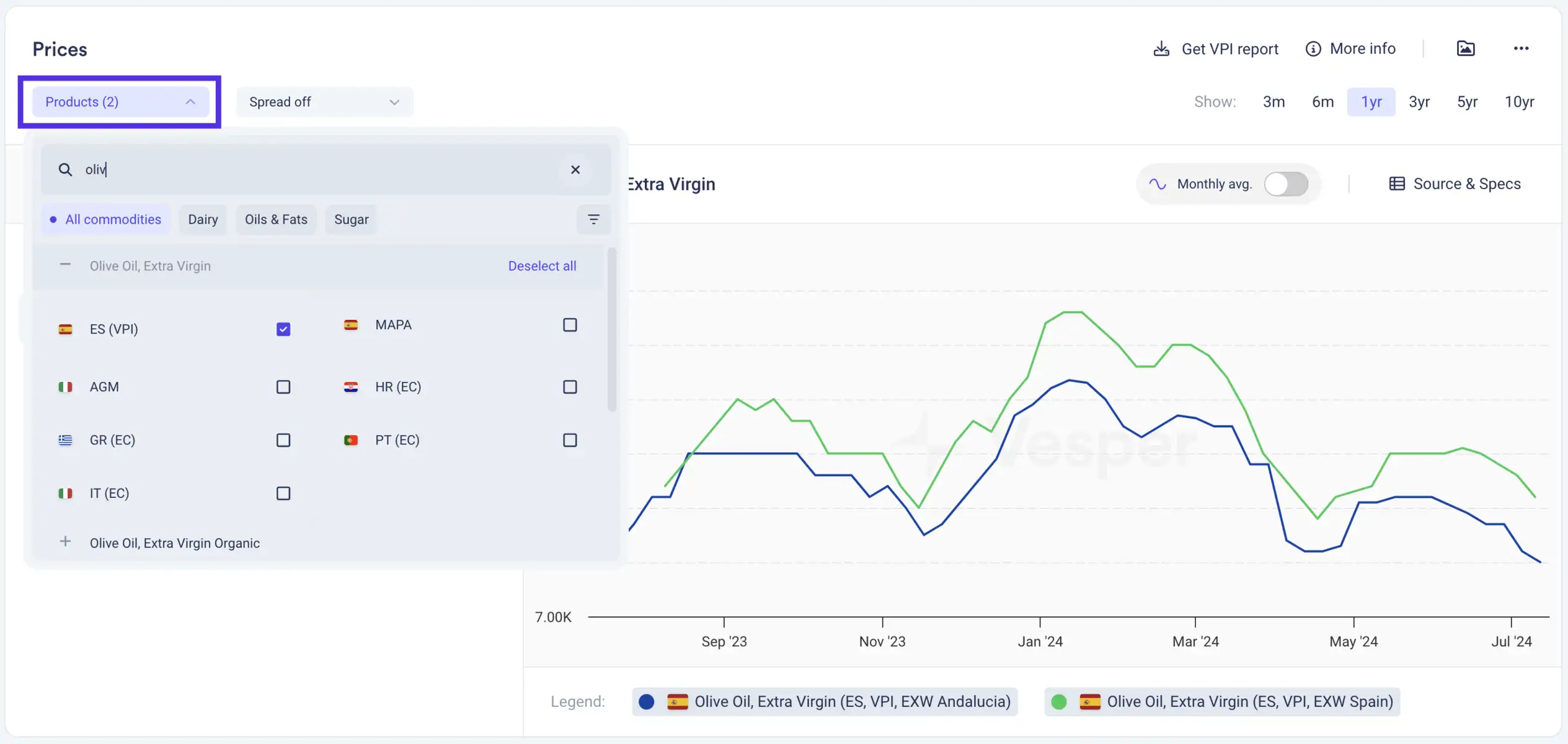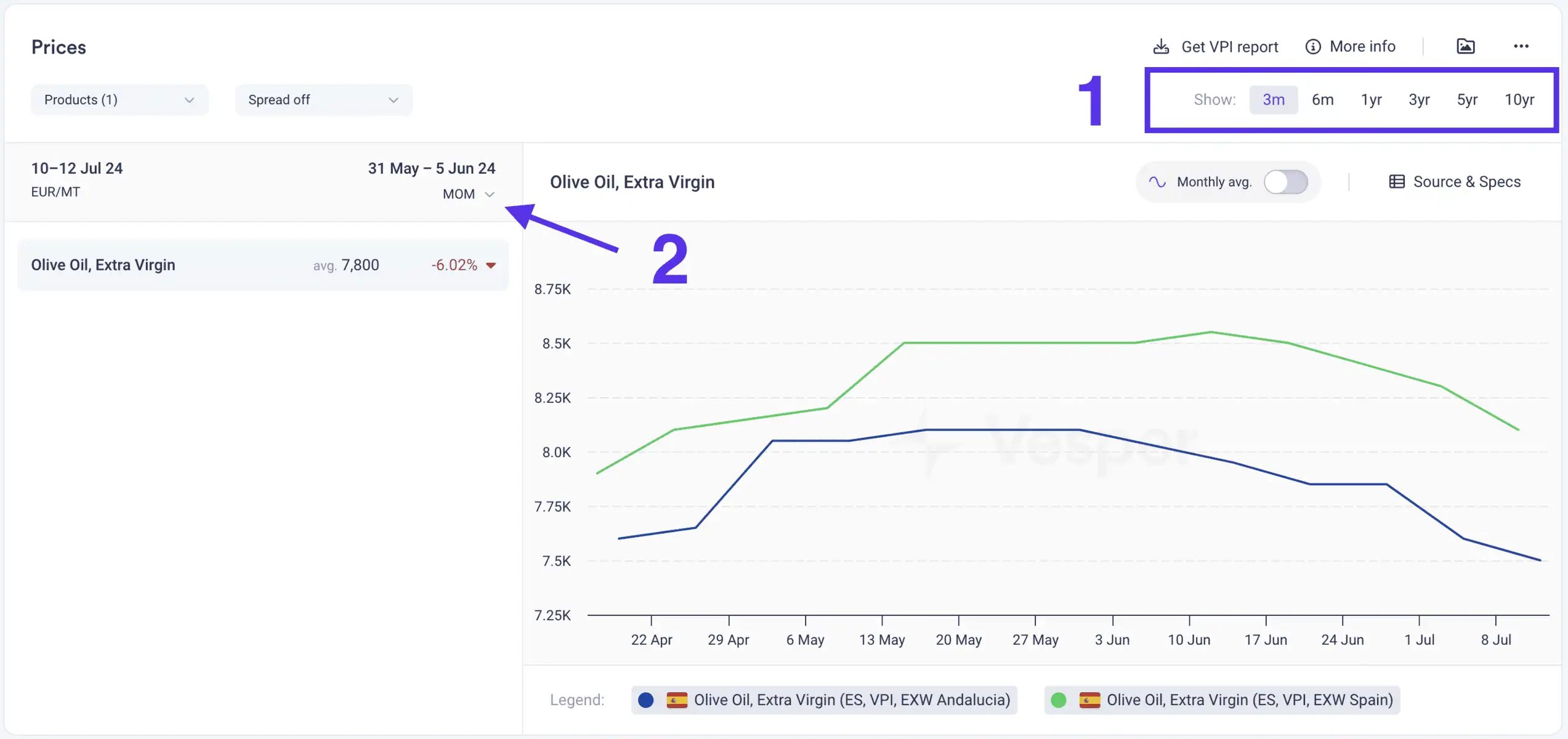Benefits of analyzing historical commodity prices
Historical commodity prices are a powerful tool for businesses across various industries. They provide insights into market trends, support financial planning, and enhance supply chain efficiency. By leveraging Vesper’s platform, businesses can access comprehensive historical data and make informed decisions that drive success. Start exploring historical commodity prices on Vesper today to gain a competitive edge in your market.
Understanding Long-Term Trends
Historical commodity prices provide valuable insights into long-term market trends. By analysing data over several years, you businesses can identify pricing patterns and anomaliespredict future price movements. This is crucial for strategic planning and risk management. For example, a grain exporter can study past price trends to view patterns a forecast future prices and decide the best times to sell their produce.
Accurate Budget Forecasting
Historical commodity prices are vital for accurate financial planning and budgeting. Businesses can use past data to forecast costs and set realistic budgets for future operations. This helps in avoiding unexpected expenses and ensures that financial plans are grounded in historical realities.
Optimizing Procurement Strategies
Historical price data helps businesses optimise their procurement strategies. By understanding past price fluctuations, supply chain managers can make informed decisions on when to purchase raw materials and in what quantities, thereby improving efficiency and reducing costs.

